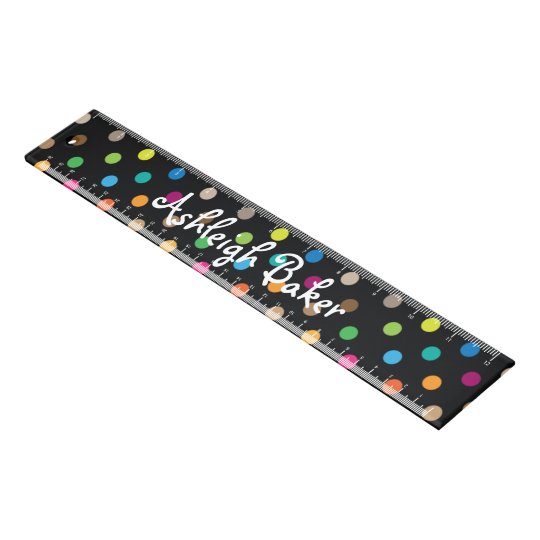
So an Ibeacon ID actually has three parts: The UUID, The “major” and the “minor.” With most I beacons, as the administrator you can change all three of these. So instead of the receiving station app on your phone saying “welcome to Macy’s” every 50 feet or so, you would just get one welcome message when you entered the store. This was to allow you to enter a big store, like a Macy’s, trigger a beacon activity, and then be recognized as being in that store while you walked around without triggering the activity again. So the idea was that every Macy’s would be considered part of the same “region,” and the major would identify the individual store, and the minor would take you down to the exact individual I Beacon. The Ibeacon standard supports the concept of “regions.” Which turns out to be a really bad name for it, because it’s not really intended to denote a physical region but more of an organizational concept. Am I correct that these will then be controlled via the SmartRules app?Ĭan any iBeacon be used as long as the UUID is changeable? This is perfect as I would like to use phone to beacon using 2 iPhones (beacons stationary, phones mobile) I would also like to set up one beacon to phone (phone stationary, beacon mobile) using an old iPhone 4. Are there any plans to incorporate these so only one app is necessary?Ĭurrently BeaconThings is best for one iPhone only but I understand that will be changing within the next week or so. Using the iBeacons involves using yet another app so when combined with Smartthings and SmartRules it ends up using 3 apps on a device with limited storage. I’m still trying to wrap my head around exactly what I need to achieve my goals.
Ruler radbeacon dot how to#
I want to order a couple of iBeacons today to get a feel as how to best utilize them in our smart home. I really like the idea of using iBeacons so thank-you for adding this option. Error matching this listing: Must match target.New to posting but have lurked since beginning with Smartthings in April.

Postfix SMTP configuration: Sending (relay) email to Gmail and other Internet mail servers.Using mutt instead of MS Outlook on an Exchange server.Next step: For something more advanced and more powerful, see my post about Karabiner “hyper” mode Goku (has a tutorial with a reference of modifiers “left ctrl” to goku character-code “T”): Now from vim insert-mode, type cmd-ctrl-w to autocomplete previous word(s), which is easier than ctrl-x, ctrl-p, at least on a Kinesis keyboard. No need to restart Karabiner to pick-up the new rule 🙂
Ruler radbeacon dot update#
edn file to karabiner json (this will update karabiner.json):

(which was used in the official goku tutorial)
Ruler radbeacon dot code#
Search the goku source code for: grave_accent_and_tilde How to find more symbols for special keys like ‘close_bracket’? !QW means right-cmd and right-ctrl keys are required.Ĭmd-Ctrl was chosen because it works well with my Kinesis Advantage2 keyboard Which is vim completion-mode (ctrl-x) to complete a ctag (ctrl-]) In the above, when Cmd-Ctrl-t is pressed: The app sees Ctrl-x Ctrl-] edn file, write your rules in goku format:įile contents: donn-mbp:~ donn$ cat ~/.config/karabiner.edn Maybe save a backup:Ĭreate the default goku. Karabiner can control almost everything keyboard-related at a low-level.īut Karabiner “Complex modifications” / “rules” are hard to configure in json, so use goku (a DSL) to write the rules in shorthand and generate the karabiner rules. Good for making hard key sequences like ctrl-x, ctrl-] (vim completion mode) easier.


 0 kommentar(er)
0 kommentar(er)
